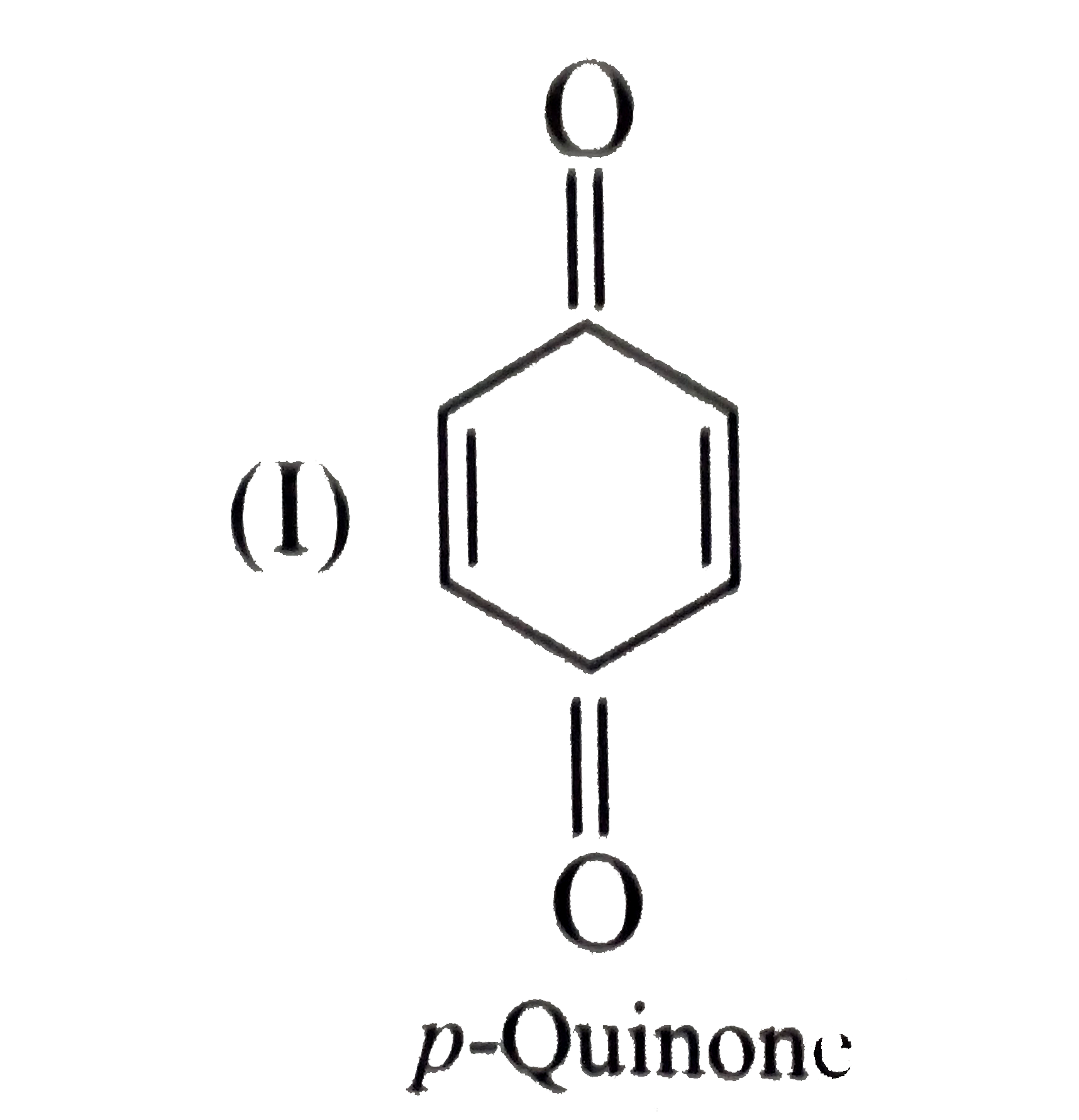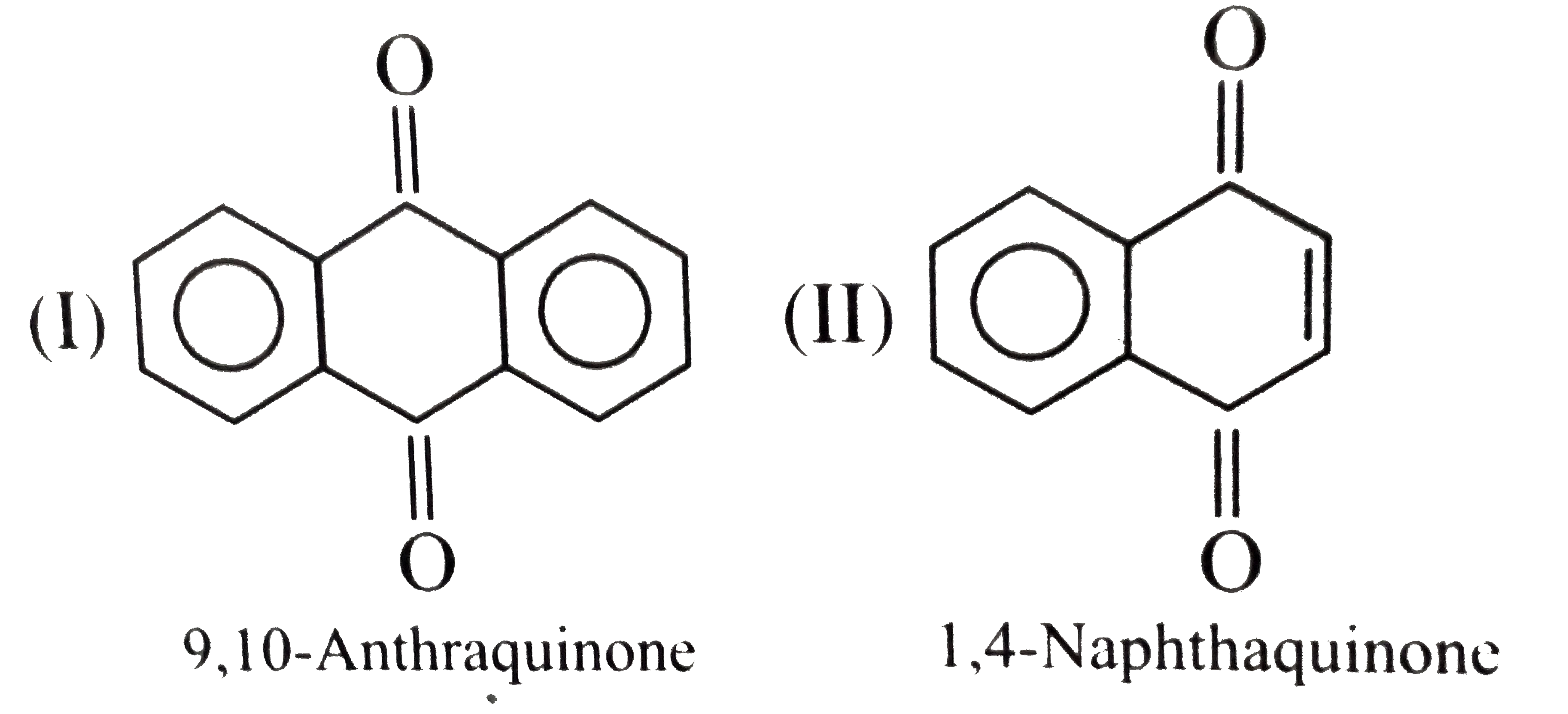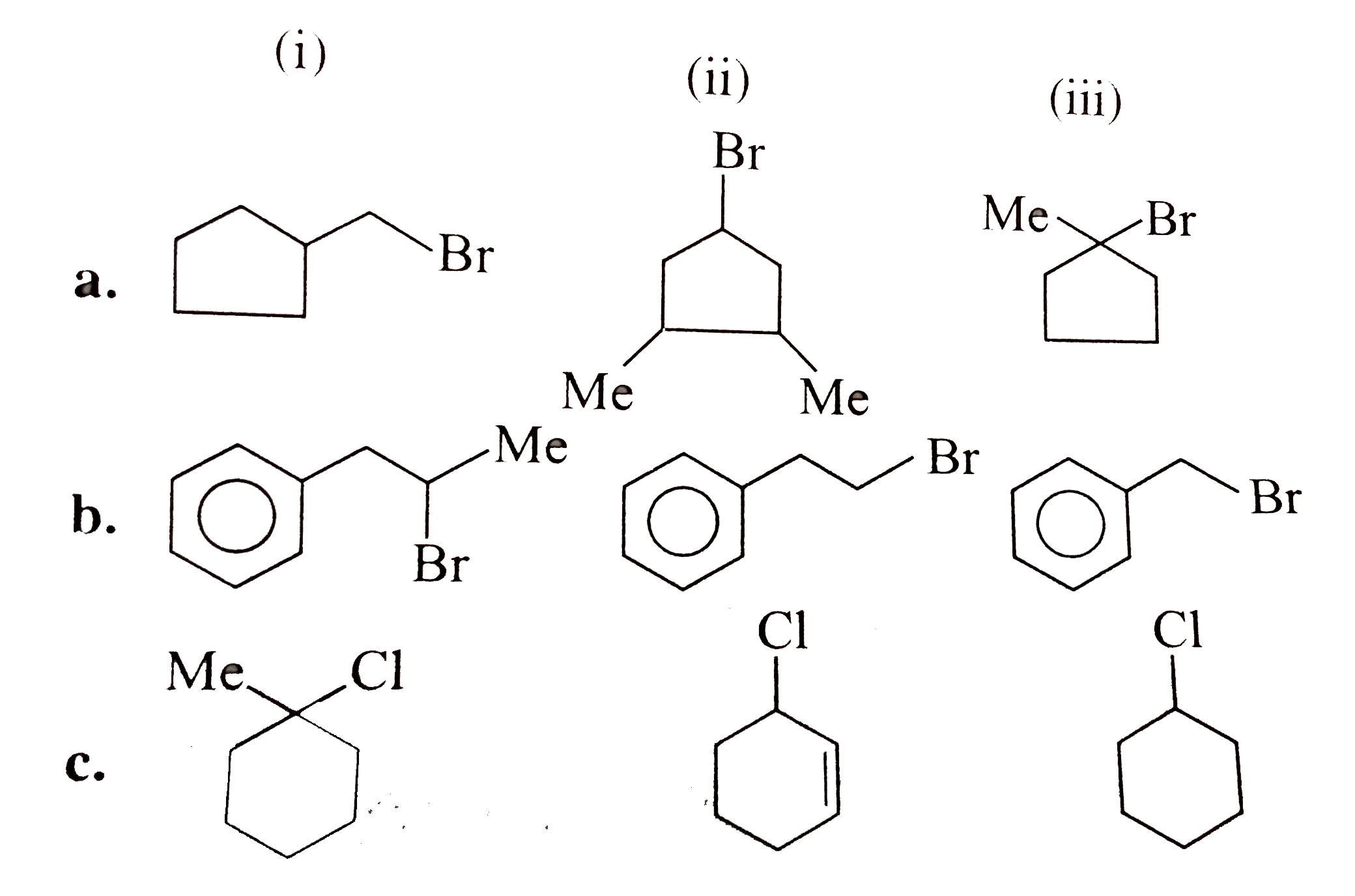a. Give and explain the decreasing order of atomic radius of fluorine (F), nitrogen (N) and oxygen (O).
b. Give the decreasing order of van der Waals radii: N,O,H,Cl,Br.
Video Solution
Text Solution
a. Decreasing order of atomic radius is O>F>N.
Explanation: The atomic size generally decreases across a period as shown for the elements of the second period. Because within period the outer electrons are in the same valence shell and the effective nuclear charge (Zeff) increases as the atomic number increases resulting in the increased attraction of electrons to the nucleus.
So, the decreasing order of atomic radius should be N>O>F.
But it is not observed, since from N to O,Zeff) increases, so the size should decrease from N to O. But in oxygen pairing of electrons takes place, so due to the repulsion between paired electrons, size of O>N. [N=2s22p3,O=2s22p4]
Similarly, due to the repulsion between two lone pairs of electrons in F(2s22p5), the size should increase from O to F. But high nuclear charge of F than that of O, compensates the repulsion between two pairs of electrons. Hence, size of O>F.
Thus decreasing order of atomic radius is O>F>N.
b. rvdw∝ Numbers of energy shells and
rvdw∝1Nuclear charge
i. H has only one energy shell (n=1), Cl has three (n=3) and Br has four (n=4). Therefore,
rvdw of Br>rvdw og Cl>rvdw of H
ii. Both N and O have two energy shells (n=2), but Z on oxygen (+8) is greater than on N(+7). Therefore,
rvdw of N>rvdw of O
Hence, the decreasing order of rvdw is
Br>Cl>N>O>H
|
Updated on:21/07/2023
Topper's Solved these Questions
- BOOK - CENGAGE CHEMISTRYCHAPTER - PERIODIC CLASSIFICATION OF ELEMENTS AND GENERAL INORGANIC CHEMISTRYEXERCISE - Solved Examples34videos
PERIODIC CLASSIFICATION OF ELEMENTS AND GENERAL INORGANIC CHEMISTRY
- BOOK - CENGAGE CHEMISTRYCHAPTER - PERIODIC CLASSIFICATION OF ELEMENTS AND GENERAL INORGANIC CHEMISTRYEXERCISE - Ex 1.114videos
PERIODIC CLASSIFICATION OF ELEMENTS AND GENERAL INORGANIC CHEMISTRY
- BOOK - CENGAGE CHEMISTRYCHAPTER - P-BLOCK GROUP 14 - CARBON FAMILYEXERCISE - Exercises Archives (Subjective)9videos
P-BLOCK GROUP 14 - CARBON FAMILY
- BOOK - CENGAGE CHEMISTRYCHAPTER - PURIFICATION OF ORGANIC COMPOUNDS AND QUALITATIVE AND QUANTITATIVE ANALYSISEXERCISE - Assertion Reasoning Type5videos
PURIFICATION OF ORGANIC COMPOUNDS AND QUALITATIVE AND QUANTITATIVE ANALYSIS
Similar Questions
Knowledge Check
- Question 1 - Select One
Correct order of radius of elements is: C, O, F, Cl, Br
ABr>Cl>C>O>FBBr<Cl<C<O<FCCl<C<O<F<BrDC>F>O>Br>Cl - Question 2 - Select One
The correct increasing order of the atomic radii of the elements oxygen, fluorine and nitrogen :
AO,F,NBN,F,OCO,N,FDF,O,N - Question 3 - Select One
Arrange F,Cl,O,N in the decreasing order of electronegativy
AO>F>N>ClBF>N>CI>OCCl>F>N>ODF>O>N>Cl
Give the decreasing order of stability of the following quinones:
a.
b.

 View Solution
View SolutionAnswer the following :
B, Al, Ga (decreasing order of atomic radii).View SolutionThe increasing order of the atomic radii of the following elements is :
(a) C (b) O(c) F(d) ( e) BrView SolutionGive the decreasing order of SN1 reactions of the following compounds in H2O.
 .View Solution
.View SolutionGive the decreasing order of magnetic moment of the following:
(a) Ca , (b) Al , ( c) N, (d) OView Solution

